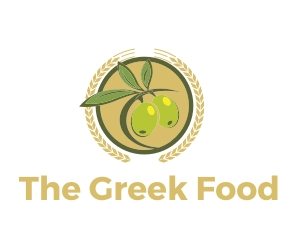Congratulations to Eirini Tzortzoglou for her win and promoting Greek cuisine to the show.
MasterChef 2019 crowned its winner in a historic all-female finale last night (March 29), and one of the first things the champion did after hearing of her win was offer to share the trophy with the two runners-up.
For the final three-course challenge, she cooked red mullet with a squid risotto, griddled rosemary lamb chops and a fig and hazelnut baklava.
Irini, who took inspiration from her Greek childhood, grew up in Crete and now lives in Cartmel, Cumbria.
She was one of 56 amateur chefs who competed for the coveted MasterChef trophy in the show’s 15th series.
One of the most surprising moments for me of the final was that she cooked a dish using one of the oldest foods in East Europe, and one that is familiar to every Greek, trahanas.
Trahana is made with either semolina, wheat flour, bulgur or cracked wheat. Milk, buttermilk, or yogurt are mixed into the flour or wheat to form a thick mass. In Thrace, a Lenten trahana is made with flour and vegetable pulp, seasoned with sesame seeds and hot pepper flakes.
Trahana is always made at the end of the summer when there is enough of a breeze and enough heat to dry the morsels quickly but also because the summer is a time, in the agrarian cycle, when there is an excess of milk. Once the ingredients have been combined, they are broken into chunks, dried, and then broken up into smaller, pebbly pieces.
Dairy-based trahana comes in two types: sweet and sour. Sweet is made with whole milk, typically goat’s milk, and sour trahana is made with yogurt or buttermilk.
Trahana is an ancient food that fewer and fewer country cooks bother to make at home. But Greeks still love it and as a result a litany of regional artisan producers, mainly women’s cooperatives, have stepped in to fill a market demand. Thanks to them the tradition is surviving.
picture credit:inews.co.uk

